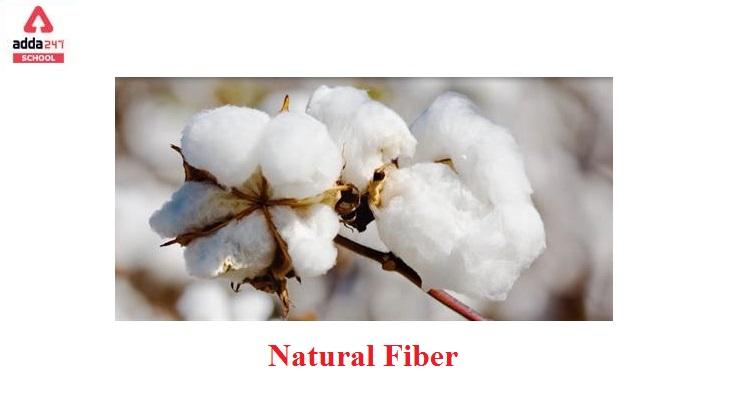Table of Contents
Natural Fiber: The term “natural fiber” refers to fibers that are acquired from (or produced by) animals and plants. Natural fibers are a renewable resource that provides various benefits to the composite, including high specific stiffness and strength, a desired fiber aspect ratio, biodegradability, and easy availability from natural sources.
Natural Fiber
These fibers are used in the production of composite materials in a variety of ways. Matting different layers of natural fibers into sheets can be used to make paper and felt (a type of textile material).
Natural fibers can come from a variety of sources, including plants, animals, and minerals.
Plant and animal fibers are arguably the most familiar to us. Cotton, flax, hemp, bamboo, sisal, and jute are examples of natural fibers derived from plants. Cellulose is the primary component. We derive common fibers like wool, silk, angora, and mohair from animals.
Read About: Artificial Fibers
What is the Advantages of Natural Fiber?
Natural fibers have lower stiffness and strength when compared to synthetic fibers.
With the passage of time, the fiber’s properties deteriorate. Fibers that are younger tend to be stronger and more elastic than those that are older. Because of their viscoelastic nature, many natural fibers are strain-rate sensitive.
Natural fiber properties are also influenced by the moisture content of the fiber. The mechanical behavior of natural fibers is influenced by the presence of water. Biopolymers that have been hydrated exhibit increased ductility and toughness. Water acts as a plasticizer, a tiny molecule that facilitates the passage of polymer chains, enhancing ductility and toughness. When employing natural fibers in applications other than those intended for them, the original amount of moisture must be considered.
Read About: What are Nylon?
Examples of Natural Fiber Clothing
Cotton, which is grown in dozens of nations and consumed by people from all over the world, is perhaps the most widely used natural fiber on the planet. Cotton is a versatile fabric that may be found in a wide range of products, including garments, bed linens, and towels, as well as nonwoven hygiene products and medical and dental supplies.
Chitin is a highly crystalline natural polymer. It is insoluble in many solvents due to its strong crystallinity and chemical structure. It also has a low toxicity level in the body and is intestinal inert. Antibacterial properties are also found in chitin.
Chitosan is more easily processed than chitin, however, it is less stable because of its hydrophilicity and pH sensitivity. Chitosan is employed in biological applications due to its simplicity of processing.
Read About: What is Synthetic Fiber?
Natural Fiber and Synthetic Fiber
Natural fibers are renewable and offer higher environmental sustainability than their man-made counterparts, in addition to consumer benefits.
Reactions with oil-based compounds produce artificial fibers. Oil is a nonrenewable fossil resource, and its exploration and drilling have numerous negative environmental consequences. The growth of viscose rayon, which is typically advertised as a natural textile, poses a more urgent threat to the environment. While viscose rayon is commonly referred to as a natural fiber, because it is made from cellulose from trees, it is anything from natural, as the manufacturing process for viscose rayon is heavily reliant on many harmful chemicals.



 JEE Mains Result 2025 Session 2 Live: Sc...
JEE Mains Result 2025 Session 2 Live: Sc...
 UP, MP, CBSE Board Result 2025 Live Upda...
UP, MP, CBSE Board Result 2025 Live Upda...
 [Live] CUET UG Date Sheet 2025 @cuet.nta...
[Live] CUET UG Date Sheet 2025 @cuet.nta...










